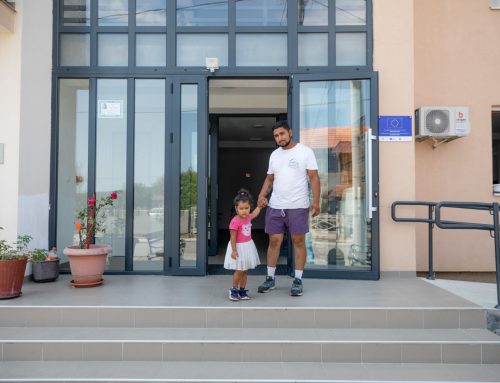As in the EU, success of the reforms in Serbia hinges to a large extent on creating new jobs and a more dynamic labor market, said Head of the EU Delegation to Serbia Michael Davenport addressing the closing conference of the EUR2 million EU-funded twinning project, aimed at improving employment policy in Serbia.
Job creation remains one of the Union’s key objectives and this is well reflected in the Europe 2020 strategy, therefore investments in human capital are considered pivotal, said Davenport and pointed out that the EU had donated some EUR148 million from pre-accession funds on human resources development in Serbia.
Davenport said that Serbia had entered the economy crisis with higher extent of structural imbalances and more unfavorable baseline labor market indicators, and that it needed to conduct pension reform, adopt the labour law aimed at more flexible labour market, as well as to engage social partners more actively in order to boost real economy.
According to him, the employment rate in Serbia remains at significantly low levels compared to the EU countries, the unemployment rate is double that of the EU, whereas the the under 25 unemployment rate is 49%, compared to 23.6% in the EU. Twinning project “Preparation of Serbian Labour Market Institutions for European Employment Strategy” should improve Serbian employment policy.
“In this twinning, Serbia benefited from a partnership including three EU member states: France, Sweden and Romania. And yet another three member states provided guest experts on specific issues: Croatia and Slovenia on the process of accession negotiations and Belgium on the Employment and Social Reform program; they also hosted a Serbian delegation in EU institutions. Further, the twinning functioned as a broad platform for exchange of knowledge at different levels and with different partners,” Davenport said.
“Finally, let us all be reminded that ultimate beneficiaries of effective and efficient employment policy are Serbian citizens. They will benefit from higher employability and improved responsiveness of their skills to the current economic realities,” he said.
The project was launched in 2012 and lasted 26 months.
Statement on the project is available here.
Fact sheet on the project is available here.




